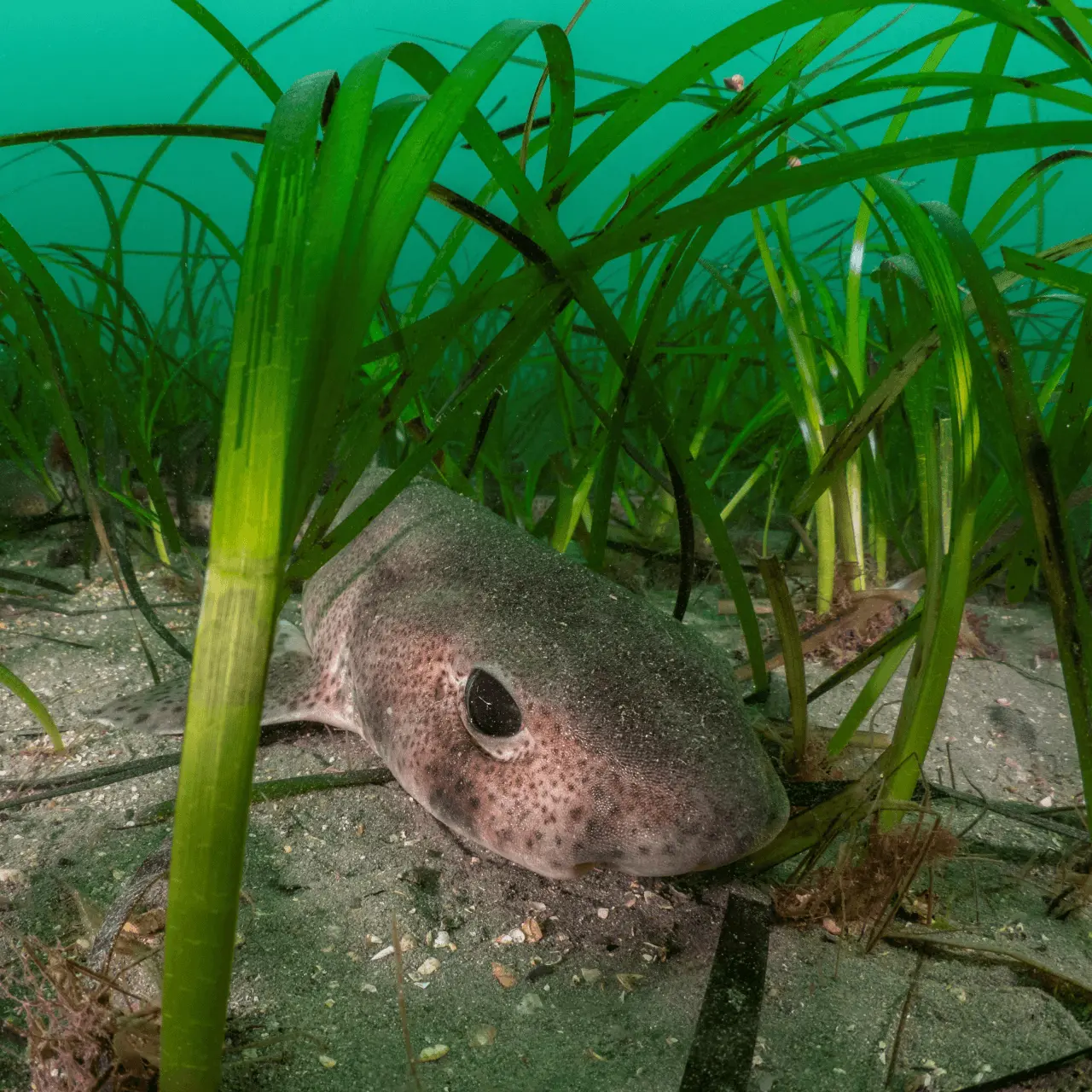Even though seagrass is small in size, the belowground root network and leaf canopy of seagrass are important for coastal protection. Seagrass leaves slow down marine currents that transport sediment which in turn protects coastlines from erosion. This protects infrastructure and livelihoods that are built and thrive near shore.
Seagrass
A small marine plant with a large impact: from protecting coastlines to sequestering carbon
Working on seagrass meadow restoration – one step at the time
Seagrass meadows are formed by flowering plants that live in seawater, making them a unique ecosystem in itself. They provide multi-purpose functions that Ocean Health aims to enhance through seagrass restoration. For instance, by combining economic development with seagrass conservation and restoration. There are several ways in which we approach the restoration of seagrass habitats, ranging from identifying and addressing drivers of degradation to seeding and transplanting methods.
Several methods have been tested and are being investigated to upscale seagrass restoration – from harvesting and planting seagrass sods to relocating them to suitable areas – working towards seagrass meadow restoration one step at the time.
The value of seagrass ecosystems

Coastal protection

Habitat creation
Seagrass has a positive influence on supporting a wide range of biodiversity. A lot of marine life, such as shrimps and seahorses, find shelter in seagrass meadows. The meadows also provide suitable nursery grounds for fish and are a food source for turtles and dugongs.

Mitigating climate change
Seagrass covers less than 0,1% of the ocean floor yet account for 10-18% of the total ocean carbon storage. They capture carbon up to 25 times faster than tropical rainforests – making them vital in fighting climate change through CO2 capture.
Seagrass meadows around the world

Pilot projects
We have executed several field trials and pilot projects to strengthen our knowledge in seagrass restoration on coastal development projects. A field trial was undertaken at Lake Grevelingen in collaboration with The Fieldwork Company, where seeds were out planted with different seeding methods. We have also executed seagrass rehabilitation through the transplantation of sods along the Danish coastline and are working on the rehabilitation of 2.8 hectares of seagrass in our newly developed beach cells along the Romanian coastline.


